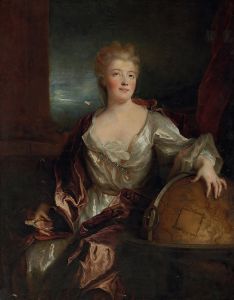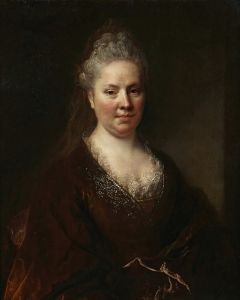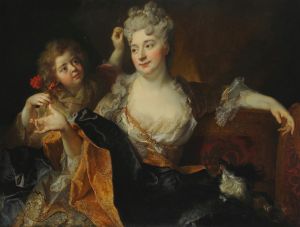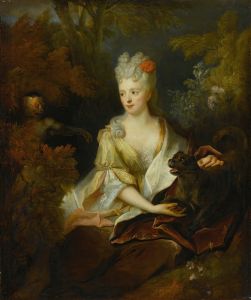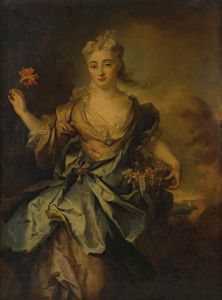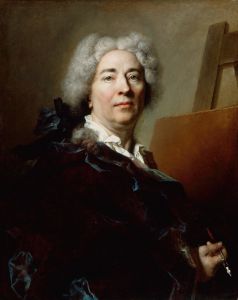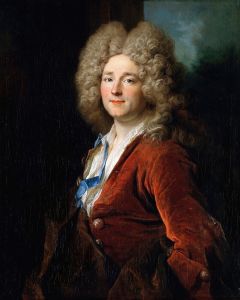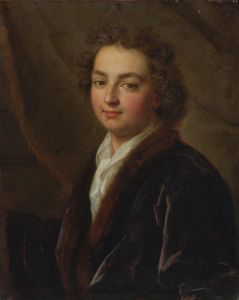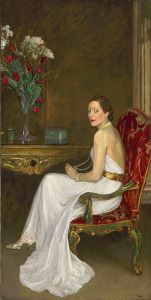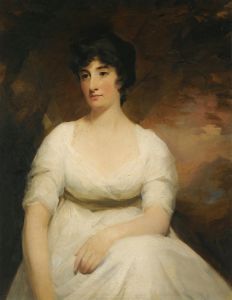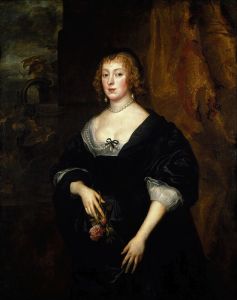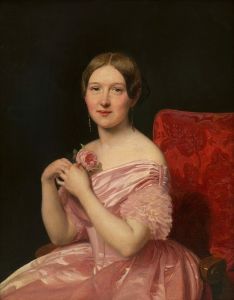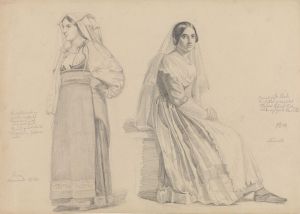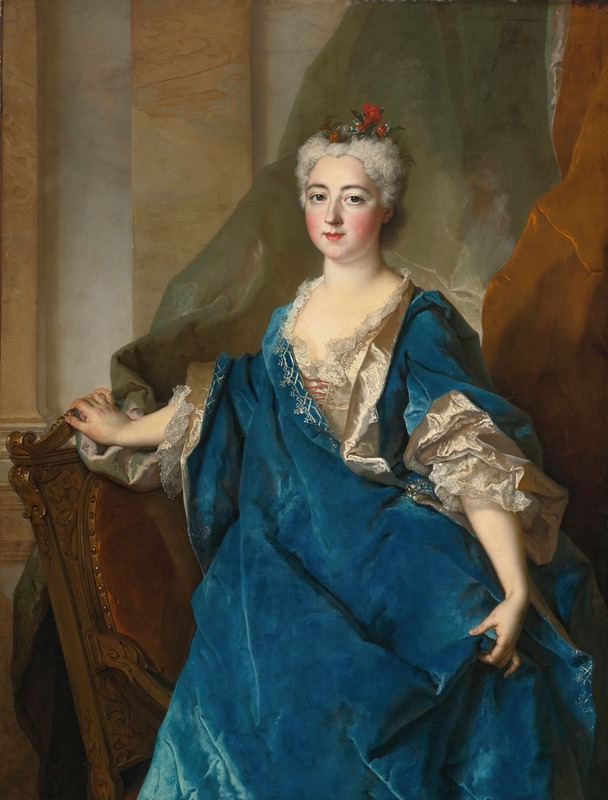
Portrait of The Baronne De Besenval
A hand-painted replica of Nicolas de Largillière’s masterpiece Portrait of The Baronne De Besenval, meticulously crafted by professional artists to capture the true essence of the original. Each piece is created with museum-quality canvas and rare mineral pigments, carefully painted by experienced artists with delicate brushstrokes and rich, layered colors to perfectly recreate the texture of the original artwork. Unlike machine-printed reproductions, this hand-painted version brings the painting to life, infused with the artist’s emotions and skill in every stroke. Whether for personal collection or home decoration, it instantly elevates the artistic atmosphere of any space.
Nicolas de Largillière's Portrait of the Baronne de Besenval is a notable example of 18th-century French portraiture. Largillière, a prominent painter of the Baroque and Rococo periods, was renowned for his ability to capture the elegance and refinement of his sitters, often members of the aristocracy or affluent bourgeoisie. This portrait exemplifies his mastery in rendering luxurious fabrics, intricate details, and the dignified presence of his subjects.
The painting depicts the Baronne de Besenval, a member of the French aristocracy. While specific biographical details about the baronne herself are scarce, her inclusion in Largillière's oeuvre suggests her prominence in society during her time. The portrait is characterized by the artist's meticulous attention to detail, particularly in the depiction of the baronne's attire and accessories, which reflect her social status and wealth. The use of rich, vibrant colors and the careful rendering of textures, such as silk and lace, are hallmarks of Largillière's style.
Largillière's portraits often combined realism with a sense of grandeur, and this work is no exception. The baronne's pose and expression convey a sense of poise and confidence, while the background elements, possibly including drapery or architectural details, enhance the composition's overall elegance. The artist's skill in capturing the interplay of light and shadow adds depth and vitality to the image.
The exact date of the painting is not definitively documented, but it likely falls within the late 17th or early 18th century, during the height of Largillière's career. At this time, portraiture was a significant genre in French art, serving as a means of commemorating individuals and asserting their social standing. Largillière's ability to blend naturalism with decorative sophistication made him one of the most sought-after portraitists of his era.
The current location of Portrait of the Baronne de Besenval is not widely documented in public records, and further research may be required to determine its provenance and exhibition history. However, Largillière's works are held in major collections worldwide, including the Louvre in Paris and the National Gallery in London, underscoring his enduring legacy as a master portraitist.
This painting remains a testament to Largillière's artistic achievements and his ability to immortalize the elegance and prestige of his sitters.





